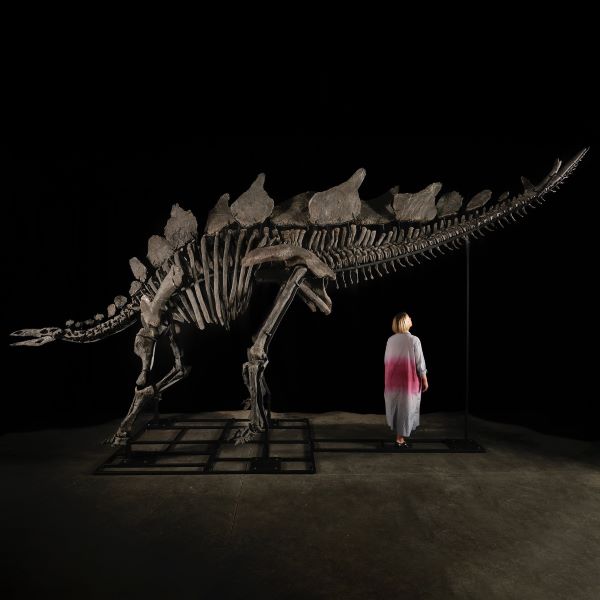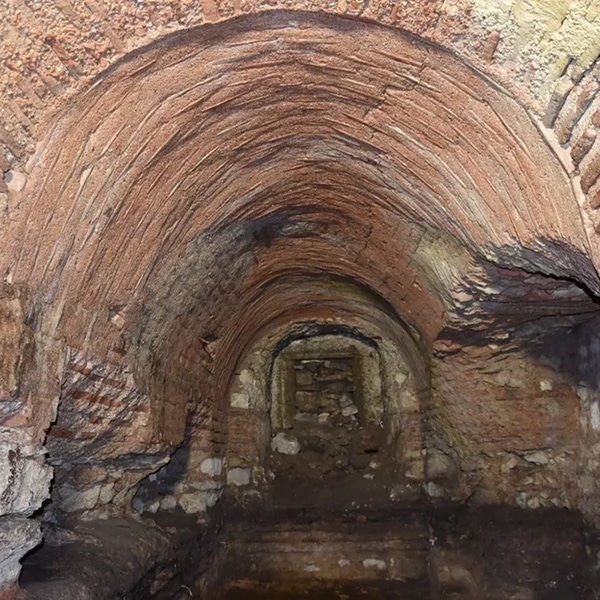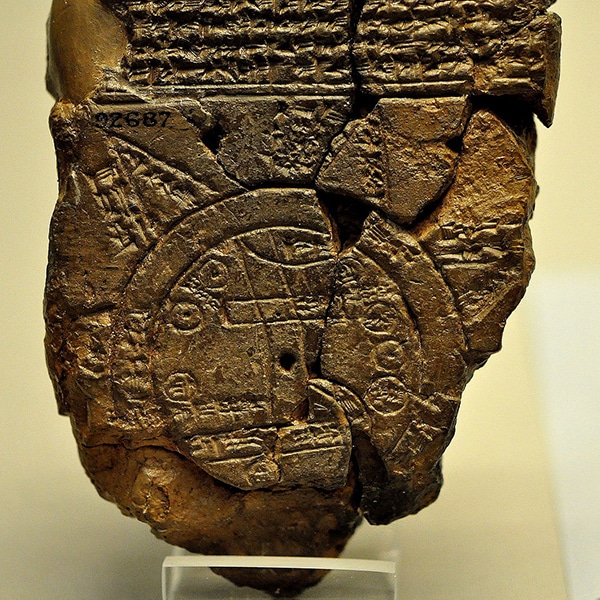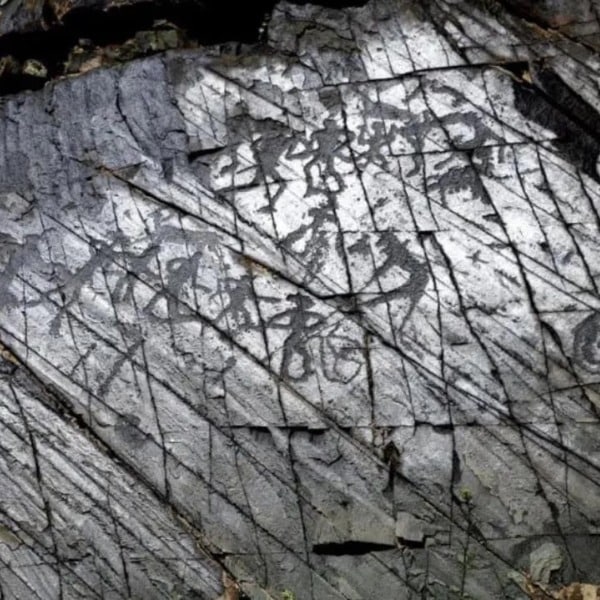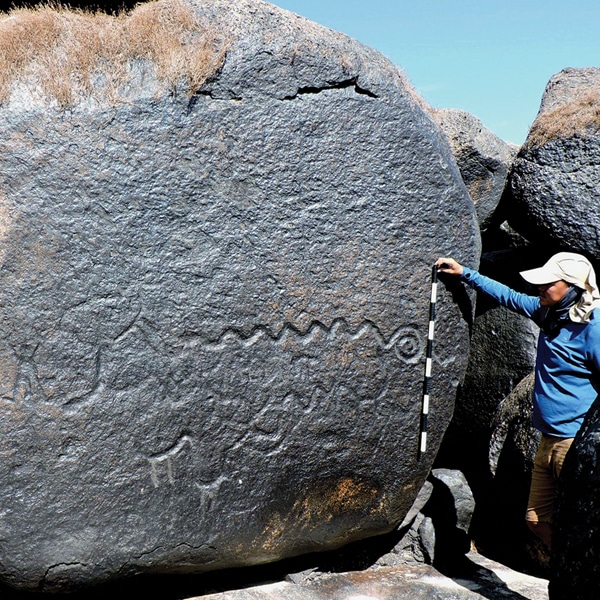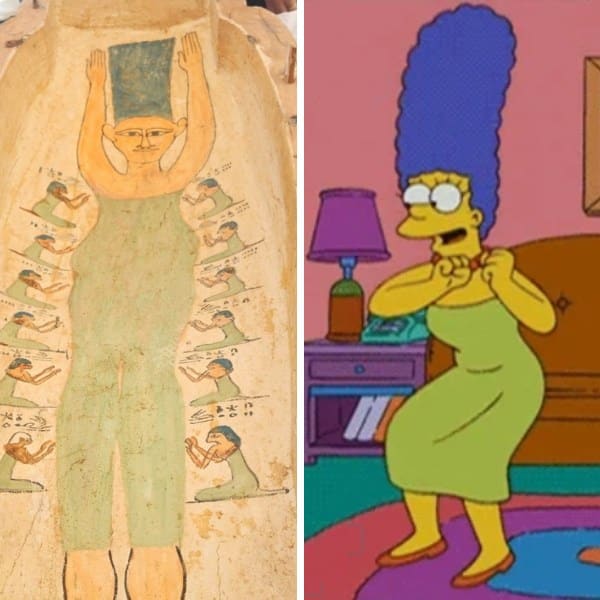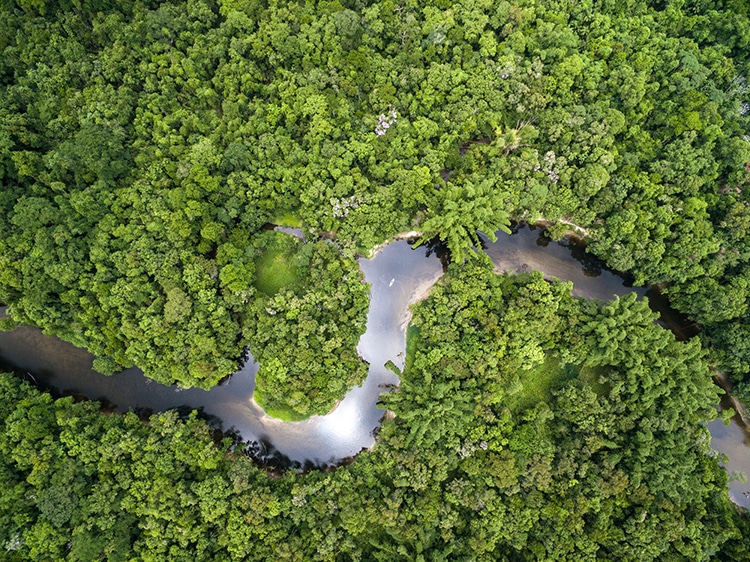
The Amazon Rainforest is a dense wilderness. (Photo: Photo: GUSTAVOFRAZAO/Depositphotos)
The Amazon Rainforest hides many mysteries. Yet unknown species scurry under the dense canopy of leaves and its plants may hold hidden cures to diseases. Under the greenery also lies the relics of thousands of years of history and human occupation. The Amazon has been inhabited for at least 13,000 years—it has never been an untouched oasis, but rather has always been used and influenced by people who lived within its bounds. Modern laser technology is now exposing this past. A recent paper published in Science documents newly discovered 2,500-year-old ancient cities, roads, terraces and more in a sprawling, impressive urban civilization.
Lidar is a laser technology usually used from an airplane. A laser sends pulses which are reflected back off surface obstructions. This data is collected and combined with location data. It can essentially cut through the dense jungle foliage to expose ruins and the shape of the ground beneath. This latest scan, part of an ongoing survey started in 2015 by Ecuador’s National Institute for Cultural Heritage (INPC) in the Upano Valley, has documented over 6,000 earthen mounds on top of which complex structures are or were once built. Terraced gardens for crops, wide and straight networks of roads, homes, and ceremonial buildings are all positioned throughout this topography.
These discoveries amount to five major and 10 minor complexes or cities previously unknown. France’s National Center for Scientific Research (CNRS) has long been studying the nearby Sangay and Kilamope settlements. These date to the period between 500 BCE to 300-600 CE, a period which largely coincides with the hegemony of Ancient Greece and Rome in the Mediterranean. In the valley, the largest city is the size of Teotihuacán, the pre-Aztec capital of what is now Mexico. This demonstrates the complexity of South American ancient technology was on par. “Such a discovery is another vivid example of the underestimation of Amazonia’s twofold heritage: environmental but also cultural, and therefore Indigenous,” write the authors of the paper. “[W]e believe that it is crucial to thoroughly revise our preconceptions of the Amazonian world and, in doing so, to reinterpret contexts and concepts in the necessary light of an inclusive and participatory science.”
Researchers using lidar laser technology in the Amazon Rainforest in Ecuador have discovered multiple ancient cities dating back 2,500 years.
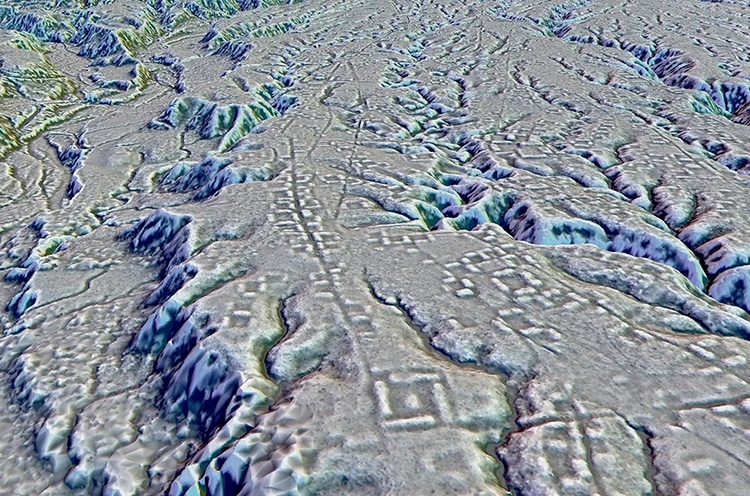
A lidar image of a street in the city of Kunguints underneath the Amazon in Ecuador. (Photo: Antoine Dorison and Stephen Rostain)
Fields, terraces, canals, and roads emerge.
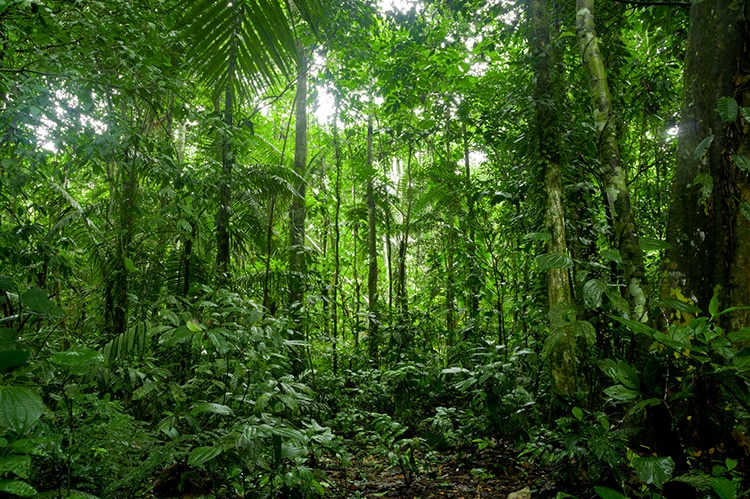
The forest is rich and dense. (Photo: PXHIDALGO/Depositphotos)
h/t: [ARTnews, BBC, EurekAlert]
Related Articles:
Rare Photo of an Amazon River Dolphin Wins Underwater Photographer of the Year
Artistic Views of the World’s Rivers and Deltas Created Using Lidar Data [Interview]
Radar Technology Discovers Intricate Ancient Mayan Civilization in Northern Guatemala
Artist Fills Forest with Life-Size Sculptures Made from Woven Rods of Willow











































































